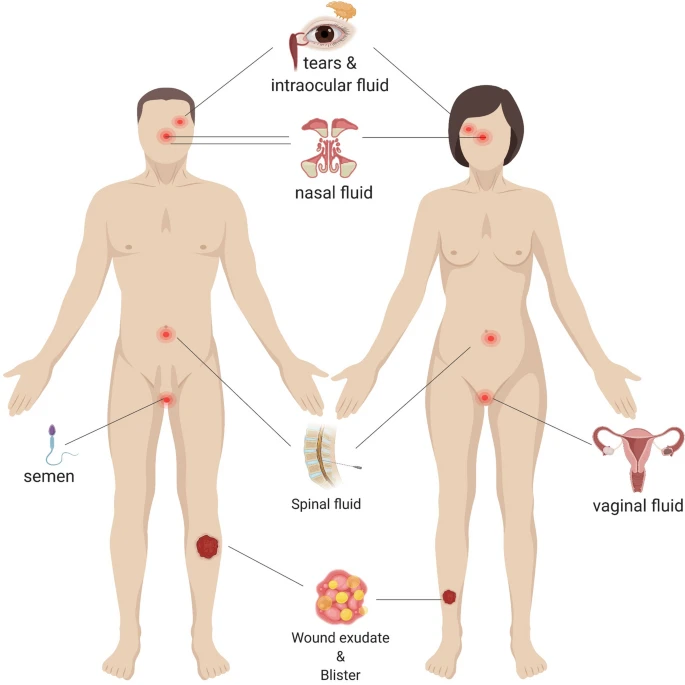Featured Scientist
Author published in"Journal of Nanobiotechnology" affiliate to
Chia-Ying Tsai
School of Medicine,
Fu Jen Catholic University, New Taipei City, Taiwan
Article published in
"Journal of Nanobiotechnology"volume 19, Article number: 114 (2021)
Small-volume detection: platform developments for clinically-relevant applications
Biochemical analysis of human body fluids is a frequent and fruitful strategy for disease diagnosis. Point-of-care (POC) diagnostics offers the tantalizing possibility of providing rapid diagnostic results in non-laboratory settings. Successful diagnostic testing using body fluids has been reported on in the literature; however, small-volume detection devices, which offer remarkable advantages such as portability, inexpensiveness, capacity for mass production, and tiny sample volume requirements have not been thoroughly discussed. Here, we review progress in this research field, with a focus on developments since 2015. In this review article, we provide a summary of articles that have detailed the development of small-volume detection strategies using clinical samples over the course of the last 5 years. Topics covered include small-volume detection strategies in ophthalmology, dermatology or plastic surgery, otolaryngology, and cerebrospinal fluid analysis. In ophthalmology, advances in technology could be applied to examine tear or anterior chamber (AC) fluid for glucose, lactoferrin, interferon, or VEGF. These approaches could impact detection and care for diseases including diabetic mellitus, dry-eye disease, and age-related maculopathy. Early detection and easy monitoring are critical approaches for improving overall care and outcome. In dermatology or plastic surgery, small-volume detection strategies have been applied for passive or interactive wound dressing, wound healing monitoring, and blister fluid analysis for autoimmune disease diagnosis. In otolaryngology, the analysis of nasal secretions and mucosa could be used to differentiate between allergic responses and infectious diseases. Cerebrospinal fluid analysis could be applied in neurodegenerative diseases, central neural system infection and tumor diagnosis. Other small-volume fluids that have been analyzed for diagnostic and monitoring purposes include semen and cervico-vaginal fluids. We include more details regarding each of these fluids, associated collection and detection devices, and approaches in our review.
